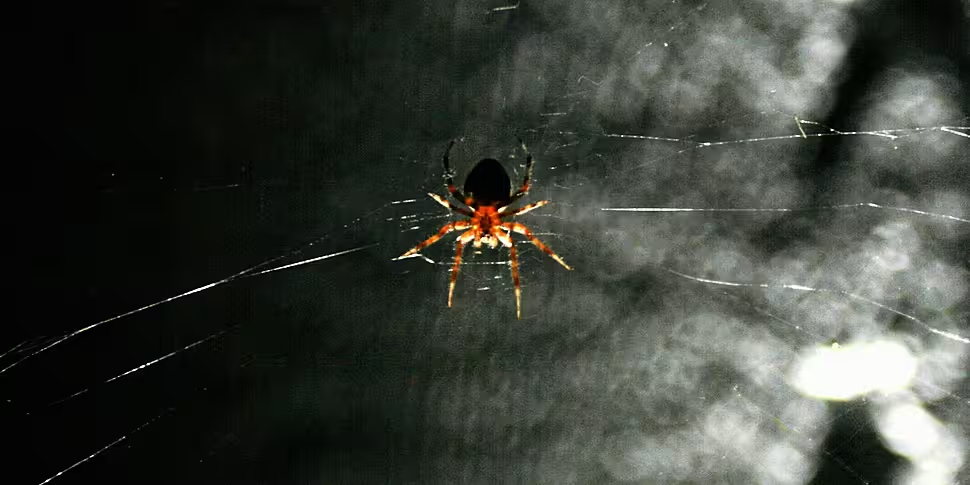Have you seen a few more spiders around the house recently? You're not alone.
It's that time of the year when you could well spot more creepy crawlies than usual.
There is a reason why early autumn is house spider season: it's also spider mating season.
Wildlife expert Éanna Ní Lamhna explained all on The Hard Shoulder.
She said: “There are not more spiders about… but the spiders that are around now aren’t hiding away and skulking.
“They’re out looking for women! That’s why we see more of them - they’re out on the pull, looking for action. That’s why we see them at this time of year.
“This is spider mating season. You'll see the males - they have skinny bodies, not as wide as the females.”
She said spiders are "cannibals" - a key reason why you're never likely to see two spiders in the same place.
Éanna observed: “It’s only ever one spider in a web - they eat anything, including each other.
"But that won’t keep the show on the road, so yer man has to come looking for a mate.”
To prevent an untimely death, the male spider brings a “gift” - such as a wrapped-up fly - to tempt and distract a potential mate.
After mating, the female spider will often lay around 100 eggs.
Éanna said: “Quite often she dies after that, because of the amount of energy that goes into making the eggs and a nest.
“A spider’s nest is kind of like a big ball of web with little spiderlings inside in that.
“Once they move, the web bursts and they get carried off.”
While many people hate the sight of a spider in the bathtub, thankfully most Irish spiders pose very little threat to humans.
There are only one or two species in Ireland - including the false widow - with fangs strong enough to bite a human.
Even then, a bite is unlikely to do much damage.
Éanna said: “It’s not any worse than getting a bee sting, unless you’re allergic to them."
So there you have it: a reassuring message you can pass on next time a family member or housemate screams when they spot a spider scuttling about the house! Or perhaps it's some reassurance for yourself...









